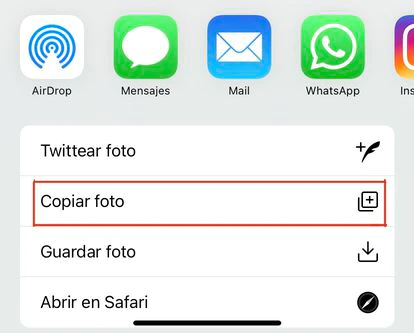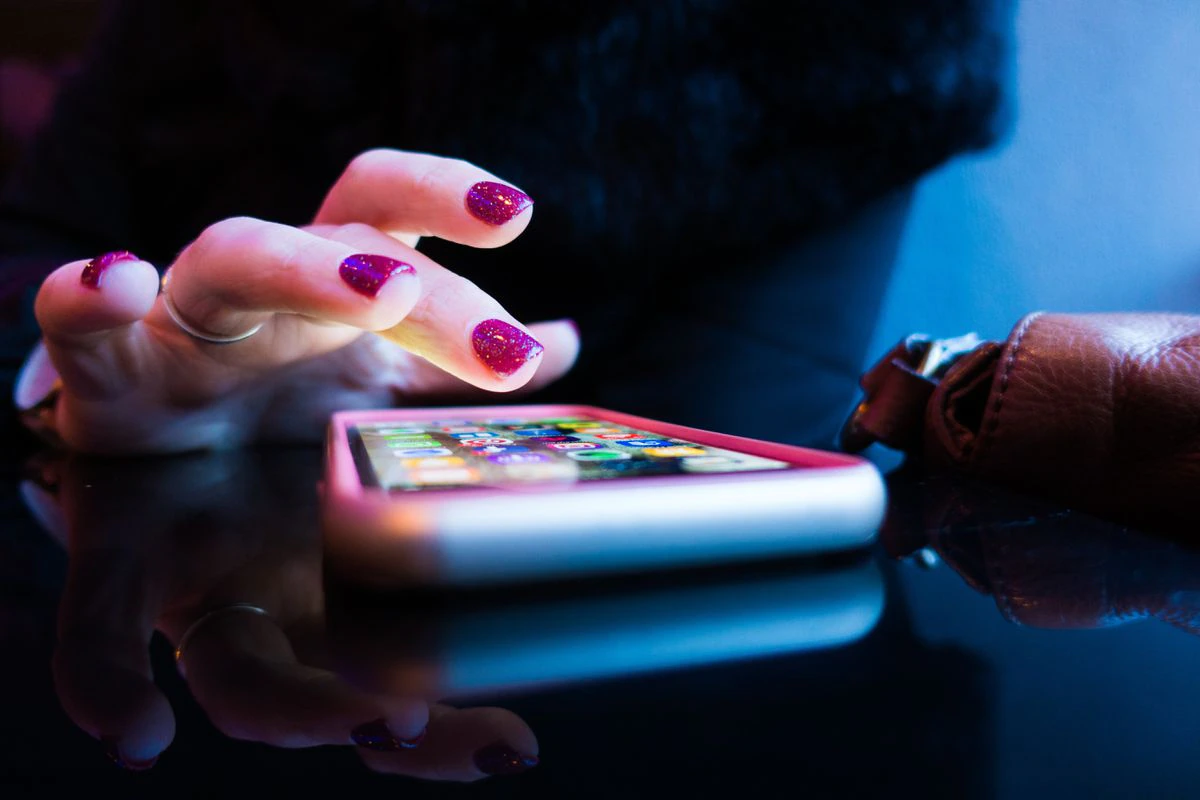Personal Technology: Tips for using the iPhone like a pro | Science & Tech
If there is one thing that characterizes Apple, it is its habit of providing the iPhone with functions and features that are not openly advertised and that the user can discover through use.
To add a little more spice to this formula, with each update of the operating system, the company adds new and interesting functions.
Especially among fans of Android, its great rival, the iPhone has often been labelled as a device that is too simple and that has few extra possibilities, but do we really know how to get the most out of it?
Here we review a series of tricks that increase its usefulness and that you may well not know.
The back, one more customizable button
For those who want to get into customizing the device, the accessibility features offer many possibilities; some of them really useful. Apple incorporated in its iOS 14 operating system update the Back Tap function, which uses the phone’s sensors to detect the touch of fingers on the back of the phone. Thus, by giving two or three taps, a command chosen in the settings can be executed. For example, you can double-tap to take a screenshot and triple-tap to lock the device.
In addition to the features offered by the system (everything that can be controlled with a finger), Apple allows the use of shortcuts, which are functions and commands programmable by the user themself. With them, the possibilities are almost endless. If configured, you could turn on the heating or light with a few taps or send a WhatsApp to a friend. To access them, just go to Settings > Accessibility > Touch > Touch back and configure the taps and the desired function.
“Hey, Siri, send this photo to…”
The voice assistant Siri is sometimes maligned for being somewhat clumsy and unhelpful, but the truth is that it can do much more than you might imagine. A trick that few people know is to send what’s on the screen to a contact. To do this, simply say: “Hey, Siri, send this to…”.
If what is in front of you is a photograph, Siri will send it to the contact; if it is a webpage, it will do the same with the hyperlink. But here comes the cool part: if it is neither a photo nor a webpage, the system will send a screenshot of whatever is displayed on the screen at that moment, which can be very convenient. The only toll to pay is that iOS, the company’s operating system, will employ its own messaging platform, Messages.
The best way to share photos? Making use of the clipboard
Users often complicate their lives when attaching a photo in a WhatsApp message, in an email or even on Twitter or Facebook. They open the app, look for the attach option and slide their finger across the reel until they find the snapshot. However, Apple has an ace up its sleeve that not everyone knows about: photo copy and paste. To do this, simply locate the image in the device’s camera roll, in the gallery, select the share button (located at the bottom left) and choose copy photo. Then, simply open the mail application, WhatsApp or the social network of your choice and keep your finger pressed on the text field until the paste button appears. After doing so, the photo will be attached.

This option also works cross-functionally between certain apps: when you hold down your finger on a photo on Twitter or Facebook, the option to copy it will appear, so that you can then paste it wherever you want. As always, if the user regrets attaching the image, they can always shake the device to undo the process.
How to protect photos with a password
The company from Cupertino is committed to the privacy of its users and, thus, in addition to protecting the cellphone with passwords, it allows you to hide the photos from prying eyes. While the Californian giant does not offer the possibility of protecting snapshots with a password, that does not mean that there are no ways to achieve the same goal. Fran Besora, iOS expert and creator of the Apple Twitter community in Spanish, proposes an alternative: “Create a note with the photo in Notes and protect it using Face ID.” This would be, basically, to attach the photo to a new note from the application itself or paste it with the above-mentioned trick.
Before protecting the note with the attached photo, you must set a specific password for the Notes app. To do this, go to Settings > Notes and insert the chosen password in the password section. The user can activate the option of unlocking with facial recognition, Face ID, or Touch ID (depending on the iPhone model). Once this is done, within the note to be encrypted, simply select the lock option – in the three dots in the upper right corner – and enter the password that was set in the settings.
No more typing: use the camera (or voice)
The iOS 15 update added an interesting feature that can save iPhone users a lot of time when composing texts (or, rather, when copying them). It is a scanner integrated into the text box. This function consists of using the iPhone’s powerful camera as an OCR scanner, so that you can point the device at the text (no matter whether it is a photo or a computer screen) and the system will recognize the content with great precision and transform it into characters.
To take advantage of this function, simply double-click on the text box and the scan text option will appear. However, it is important to remember that it is only applicable in those applications that show a space reserved for text input. If you want to save typing time in longer compositions, the best option is to click on the microphone located at the bottom right to activate audio transcription. The system will recognize some commands such as “comma”, “period” or “new space” as well as “open question mark”, etc.








Gloss